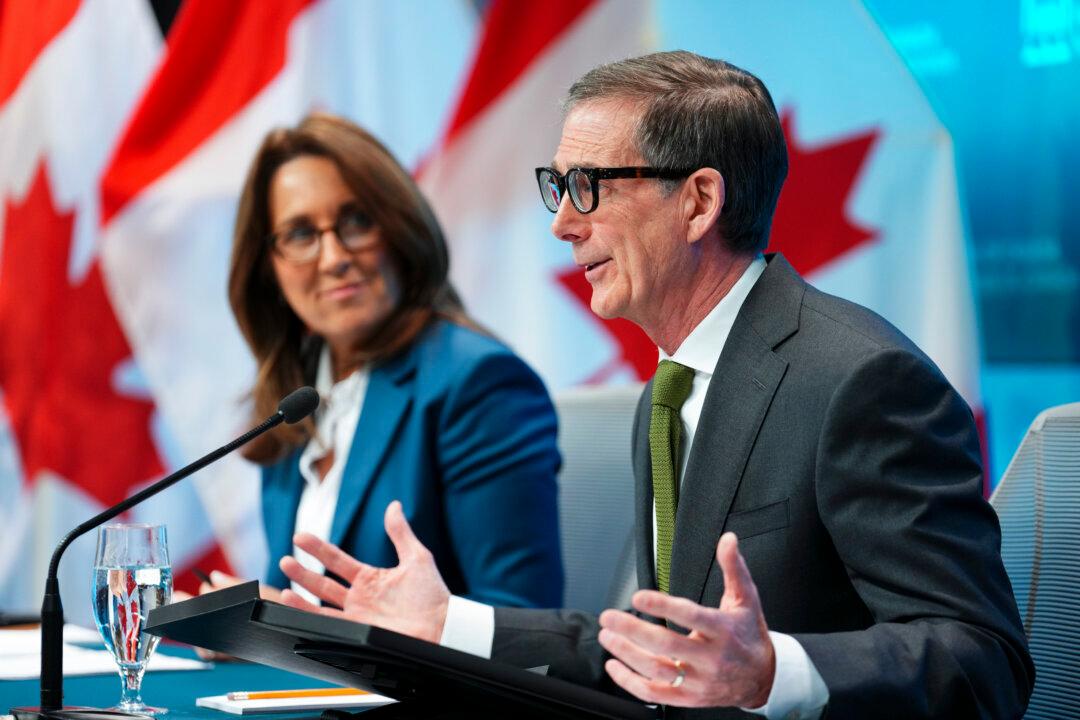The U.S. Federal Reserve raised its key policy rate by 0.25 percent on March 15—the second such increase since mid-December—however, the central bank remains in wait-and-see mode regarding the impact of the Trump administration’s fiscal policy.
“The simple message is the economy is doing well,” Fed chair Janet Yellen said at her press conference after the release of the interest rate decision and summary of economic projections.
Without the benefit of any fiscal stimulus, the economy is on the right track, and Yellen confirmed that the Fed hasn’t changed its view of the economic outlook.
She said it was too early to predict the effect of fiscal policy such as tax cuts and infrastructure spending. Therefore the Fed’s economic forecasts are essentially unchanged from those in December despite the exuberant reaction in stock markets. The S&P 500 is up 5.9 percent since the Fed’s Dec. 14 meeting.
“To me it’s absolutely fascinating that here we are a full three months later and the forecasts are unchanged … zero clarity on fiscal policy front over the last three months,” said BMO Chief Economist Doug Porter in a phone interview.
BMO is projecting U.S. economic growth of 2.5 percent in 2017 and 2.4 percent in 2018, slightly higher than the Fed’s 2.1 percent for those two years. The Fed projects growth to dip below 2 percent in 2019 and beyond.
The discrepancy in growth forecasts may appear small, but the difference is private sector economists and financial markets factor in a net positive boost from fiscal policy. Yellen stressed the uncertainty surrounding the size, timing, and character of the fiscal expansion and that the Fed had not discussed fiscal policy in detail.
“The fact that they were comfortable enough to raise interest rates twice in two quarters now suggests they think growth will actually be stronger than what they projected,” Porter said.
As for the impact of fiscal policy, Oxford Economics Chief U.S. Economist Gregory Daco stated that where the U.S. economy is in the business cycle—in a lengthy expansion phase—is more relevant than historical precedent.
“We’re close to full employment, we’re close to the inflation target. In that environment, fiscal stimulus tends to have less bang for its buck and the Fed generally tends to tighten monetary policy. That’s really a very specific environment we’re facing right now,” he said in a phone interview.





